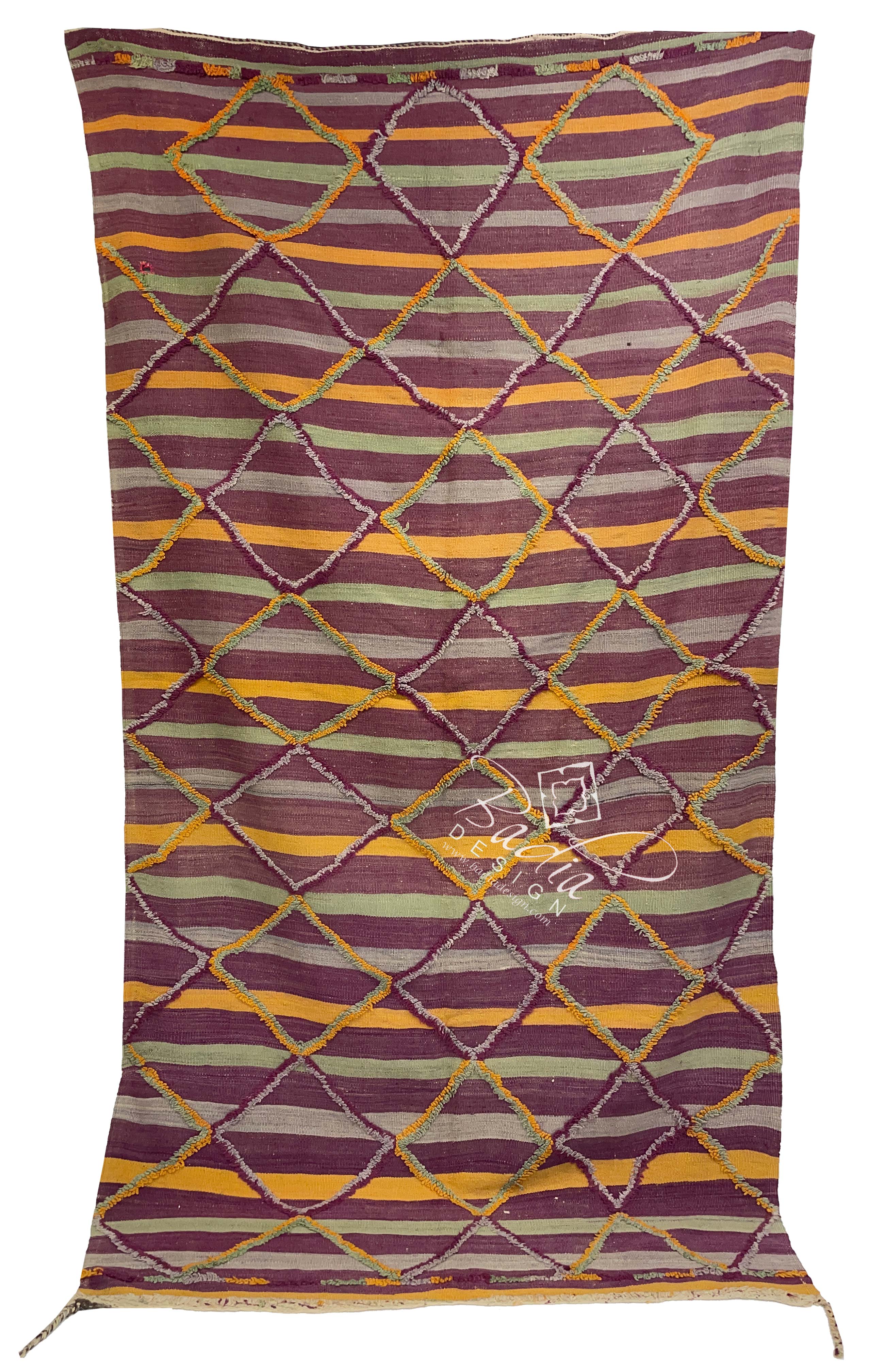Moroccan Berber Rugs: A Blend of History, Craftsmanship, and Timeless Style
Moroccan Berber Rugs have captivated homeowners and businesses worldwide with their storied past, meticulous artistry, and unmatched versatility. These rugs can elevate any space, from a welcoming lounge to a sleek office environment. This guide delves into the rich origins of Moroccan Berber rugs, the meticulous craftsmanship behind their creation, their exceptional longevity, and creative ways to incorporate them into today’s interiors.
These rugs originated with the ancient tribal artisans of North Africa, dating back thousands of years. These indigenous groups, with their rich cultural heritage, crafted unique weaving methods to meet the demands of their migratory way of life and diverse climates.
The symbols and motifs in these rugs convey meanings that are specific to the tribe or family of origin. These symbols frequently represent themes of safety, growth, or nature, making each rug a deeply personal creation. Originally, these rugs were crafted for utilitarian purposes, such as providing warmth during harsh winters in the Atlas Mountains or acting as soft bedding in arid desert regions.
During the 20th century, these rugs were introduced to global design by architects such as Le Corbusier and Frank Lloyd Wright, who used them in renowned works. Now, these rugs are highly sought after for their beauty and rich tradition.
The production of Moroccan Berber rugs is an elaborate art form passed on through generations. This craftsmanship embodies a deep connection to heritage and creativity.
Berber rugs are typically crafted from natural materials such as sheep’s wool, camel hair, or even cotton. Wool is especially prized for its luxurious feel, durability, and insulating properties. The wool is usually spun by hand, resulting in a truly individual finish.
Weaving these rugs is a time-intensive process, requiring great patience and effort on traditional looms. The knots—whether Beni Ourain’s soft, flowing look or the tighter weave of Azilal rugs—shape its beauty and resilience.
Artisans rely on natural dyes from plants and minerals to achieve the vivid tones seen in Berber rugs. Earthy tones such as beige, cream, and brown are common in Beni Ourain rugs, while Azilal and Boucherouite rugs showcase bolder colors like reds, blues, and yellows.
The longevity of these rugs is one of their standout qualities. This makes them a practical investment for both residential areas and commercial spaces.
Berber rugs owe their longevity to the high-grade nature of their natural fibers. Wool’s natural flexibility and resistance to stains make it a perfect choice for lasting rugs.
Taking care of these rugs is straightforward. Regular vacuuming, spot cleaning with mild detergent, and occasional professional cleaning will keep them looking pristine for years.
How to Decorate with Moroccan Berber Rugs
Incorporating Moroccan Berber rugs into contemporary interiors is easier than you might think. Their versatile designs and textures can complement a wide range of styles, from minimalist to bohemian.
1. Create a Focal Point in the Living Room
Use a large Beni Ourain rug as the centerpiece of your living room. The rug’s muted tones and clean lines bring cohesion to the space and exude coziness.
2. Add Color to Neutral Spaces
If your space leans toward a monochromatic or minimalist aesthetic, a vibrant Azilal or Boucherouite rug can introduce a pop of color and visual interest. These rugs work particularly well in neutral-toned rooms, where they serve as a focal point.
3. Combine Rugs for Depth and Style
To create a click here warm, layered look, place a smaller Berber rug atop a larger rug made from natural fibers like jute or sisal. This pairing enhances texture and emphasizes the unique patterns of the Berber rug.
4. Enhance Workspace Aesthetics
Businesses can use Moroccan Berber rugs to create an inviting and sophisticated ambiance in office spaces, lounges, or reception areas. Their handmade quality conveys a sense of luxury and authenticity.
5. Use as Wall Art
Certain Moroccan Berber rugs are so beautiful that they function wonderfully as wall art. Displaying a Berber rug on a wall highlights its intricate design and cultural significance.
Reasons to Invest in Moroccan Berber Rugs
For both homeowners and businesses, Moroccan Berber rugs represent a blend of practicality, aesthetics, and cultural significance. Their durability ensures a long lifespan, while their timeless designs can adapt to changing trends and tastes.
Sustainability and Ethical Production
Berber rugs are often made with environmentally responsible and sustainable techniques. Purchasing these rugs helps preserve artisan traditions while enriching your decor with sustainable beauty.
Why Berber Rugs Gain Value Over Time
Authentic Moroccan Berber rugs often appreciate in value over time, especially vintage or rare pieces. They are both functional decor and collectible assets.
